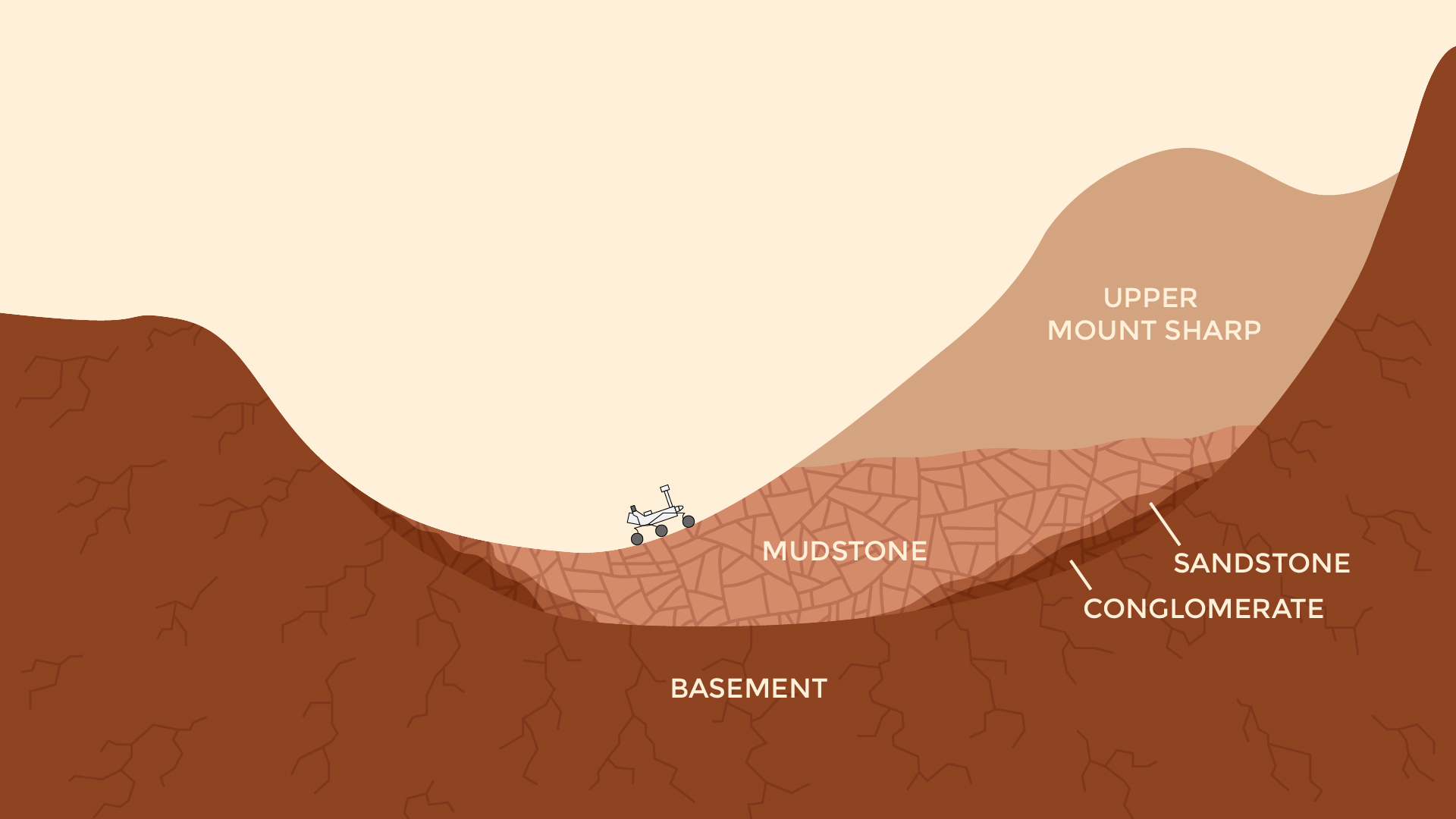
Co-author I. Altshuler sampling permafrost terrain near the McGill Arctic research station, Canadian high Arctic. Credit: Dr Jacqueline Goordial
Miniature instruments and new techniques can detect and analyze microorganisms in extreme environments resembling those on Mars. Researchers demonstrate for the first time the potential of existing technology to directly detect and characterize life on Mars and other planets. The study, published in Frontiers in Microbiology, used miniaturized scientific instruments and new microbiology techniques to identify and examine microorganisms in the Canadian high Arctic – one of the closest analogs to Mars on Earth...
Read More









Recent Comments